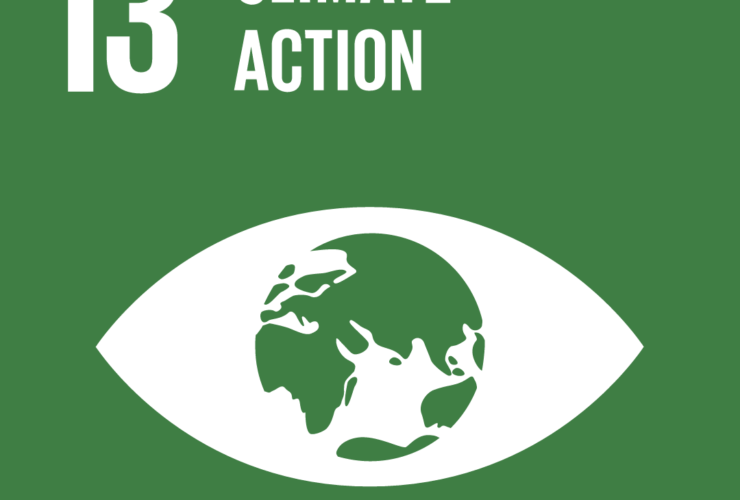Nature vs economy
Source:!The Star
Kenya, like many other developing countries, is faced with challenges around the three pillars of sustainable development: economic, social and environmental. Approximately 46 per cent of Kenyans live below the poverty line and income inequalities are on the rise. At the same time, unsustainable production systems and inefficient use of resources have resulted in huge economic, social and ecological losses.
However, there have been promising actions by the government to deliver on further economic development and social progress in line with Vision 2030. The intent of this national long-term development blueprint is to transform Kenya into a newly industrialising, middle-income country providing a high quality of life to all its citizens by 2030 in a clean and secure environment. Some of the actions include investment in infrastructure – such as the standard gauge railway, the Lapsset Project, Dongo Kundu Economic Zone, roads and pipelines and the expansion of agricultural through mega irrigation projects, trade and manufacturing.
Development is a necessity but it must be inclusive; take special care of the needs of the poorest and should not happen at the cost of the environment.
Appreciating that sustainable development requires trade-off between the economic, social and environmental considerations, a decision-making tool for development projects called the Environmental Impact Assessment was instituted. A properly executed EIA on proposed development projects is one of the essential tools for promoting sustainable development because it includes components that can facilitate both inter-generational and intra-generational equity. Furthermore it is meant to ensure that decision makers and stakeholders holding different interest (economic, social and environmental) participate in the process and ensure a win-win situation for sustainable development.
Unfortunately, in many cases, the government and developers are biased towards economic interests and, in most cases, social and environmental considerations are sacrificed. This is compounded by the fact that the economic gains of the development projects are immediate, tangible and evident in the short term, while social and environmental benefits are not always apparent or valued in monetary terms. As a Lead Environmental Impact Assessment Expert and having practised for more than 14 years, I can authoritatively say that political influence qualifies as the 4th pillar of sustainable development.
In Kenya, the National Environment Management Authority, when deciding whether to grant an implementation licence for a given project has to take into account all the likely consequences of the project to the environment. The Environmental (Impact Assessment and Audit) Regulations of 2003 set out a procedure for identifying those projects which should be subject to EIA. They also outline the procedures for assessing, consulting and making decisions on projects whose activities are likely to have significant impacts on the environment.
The other important aim of EIAs is to ensure that the public is given an early opportunity to participate in the decision-making process. Indeed, the constitution recognises public participation as one of the principles of good governance. Nevertheless in many instances, the EIA process, especially with regard to public participation, has been diluted or compromised, making it a cosmetic or pseudo-exercise rather than an effective approach that informs the process.
A case in point is the recent EIA study report for the Lamu Coal Power Plant, where the licensing Authority Nema requested comments from the public as required by the EMCA. Most of the comments submitted had genuine concerns. What was surprising, however, was that eight days after the comments were received, the Authority issued an EIA licence to Amu Power Company Ltd to commence construction. The short turnaround could either mean that the Authority is very efficient in processing the large number of comments or that the submissions were not taken into consideration.
This unpopular trend is likely to continue especially with regard to government driven projects such as the SGR and huge private investment projects such as the High Grand Fall Multi-Purpose Dam. Well such decisions by the Authority could be reversed by the National Environment Tribunal if any aggrieved party lodges an appeal as provided for by the law. But this is not a desirable option nor sustainable solution as it is always time consuming and an expensive affair. Laws, principles, guidelines and procedures governing the EIA process need to be upheld to ensure that Kenya develop sustainably for the benefit of current and future generations.
Is it not possible to develop and at the same time ensure environmental integrity? Or is the economic development of our country more important than protecting the environment? We do not necessarily have to make a choice between development and environmental protection. We need both and I believe we can achieve all.


